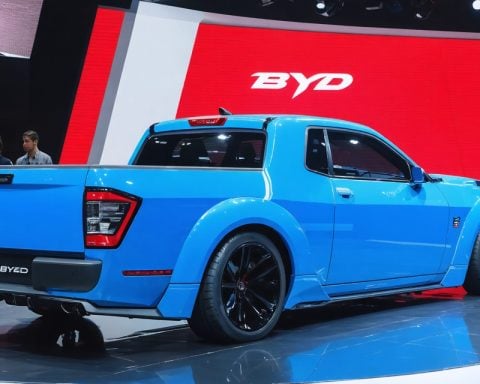Last week, General Motors revealed plans to sell its stake in the Ultium Cells battery plant in Lansing, Michigan, to its joint venture partner, LG Energy Solutions from South Korea. This decision follows GM’s substantial investment of approximately $1 billion into the facility. The Lansing site, still in its construction phase, was one of three plants under the Ultium Cells collaboration.
GM’s strategic move aims to recalibrate its production capacity and trim costs. This Lansing facility, expansive at 2.8 million square feet, currently provides employment to about 100 individuals. Initially projected to create 1,700 jobs, its future now hangs in uncertainty. GM had earlier received significant funding, totalling $666 million, from Michigan’s Strategic Outreach and Attraction Reserve, designated for this battery plant and another location in Lake Orion for electric truck production.
Amid these changes, the United Auto Workers (UAW) is gearing up to organise joint ventures. This initiative intends to provide opportunities for laid-off workers and address declining union dues. The situation at the Lansing plant has left workers anxious about their future prospects, especially since GM assures that facilities in Ohio and Tennessee can fulfil battery demands for its EV production.
Simultaneously, GM and LG have agreed to develop prismatic battery cells, potentially revolutionising EV production. These cells promise greater energy efficiency and reduced costs. However, as the industry braces for changes under the potential elimination of EV tax credits by the incoming Trump administration, the future of such initiatives remains uncertain, placing many jobs in jeopardy.
GM’s Strategic Shift at Ultium Cells: Innovations and Industry Impact
General Motors’ recent announcement to sell its stake in the Ultium Cells battery plant in Lansing, Michigan, marks a pivotal shift in the automotive giant’s strategic approach amid evolving market dynamics and technological advancements in the electric vehicle (EV) sector.
Innovations with Prismatic Battery Cells
A noteworthy development from General Motors and LG Energy Solutions’ collaboration is the dedication to advance prismatic battery cells. These cells are set to enhance energy efficiency and reduce production costs, potentially leading to more affordable EVs for consumers. Prismatic cells offer several benefits, such as improved energy density and thermal management, which are crucial for enhancing the performance and safety of EVs.
Market Analysis and Strategic Focus
General Motors’ decision aligns with a broader trend of adapting to market demands and focusing on core competencies. By selling its stake to LG Energy Solutions, GM aims to streamline operations and optimise its production capacity. As the EV market continues to grow, this move may allow GM to focus on other critical aspects of EV production and technology integration.
Economic Implications and Workforce Considerations
The sale is expected to enhance GM’s financial flexibility but raises concerns among current and potential workers. The Lansing plant, originally set to create 1,700 jobs, is now embroiled in uncertainty. Although GM reassures that its facilities in Ohio and Tennessee can meet battery production needs, the decision underscores the challenges faced by automotive workers navigating an industry in flux.
United Auto Workers (UAW) Initiatives
In response to the current situation, the United Auto Workers union aims to support affected workers through strategic organisation within joint ventures. This initiative could provide alternative employment opportunities and bolster union membership amidst declining dues. UAW’s actions reflect a broader effort to safeguard workers’ rights and livelihoods during a transformative period in the automotive industry.
Future Trends and Predictions
Looking ahead, the outcome of GM’s strategic realignment at the Lansing plant could have broader implications for the EV industry. The potential elimination of EV tax credits poses additional challenges, possibly impacting consumer choices and industry growth. As the landscape shifts, automakers like GM will need to remain agile, balancing innovation with sustainability and workforce stability.
For more on General Motors’ strategic initiatives and their impact on the EV market, visit General Motors.







